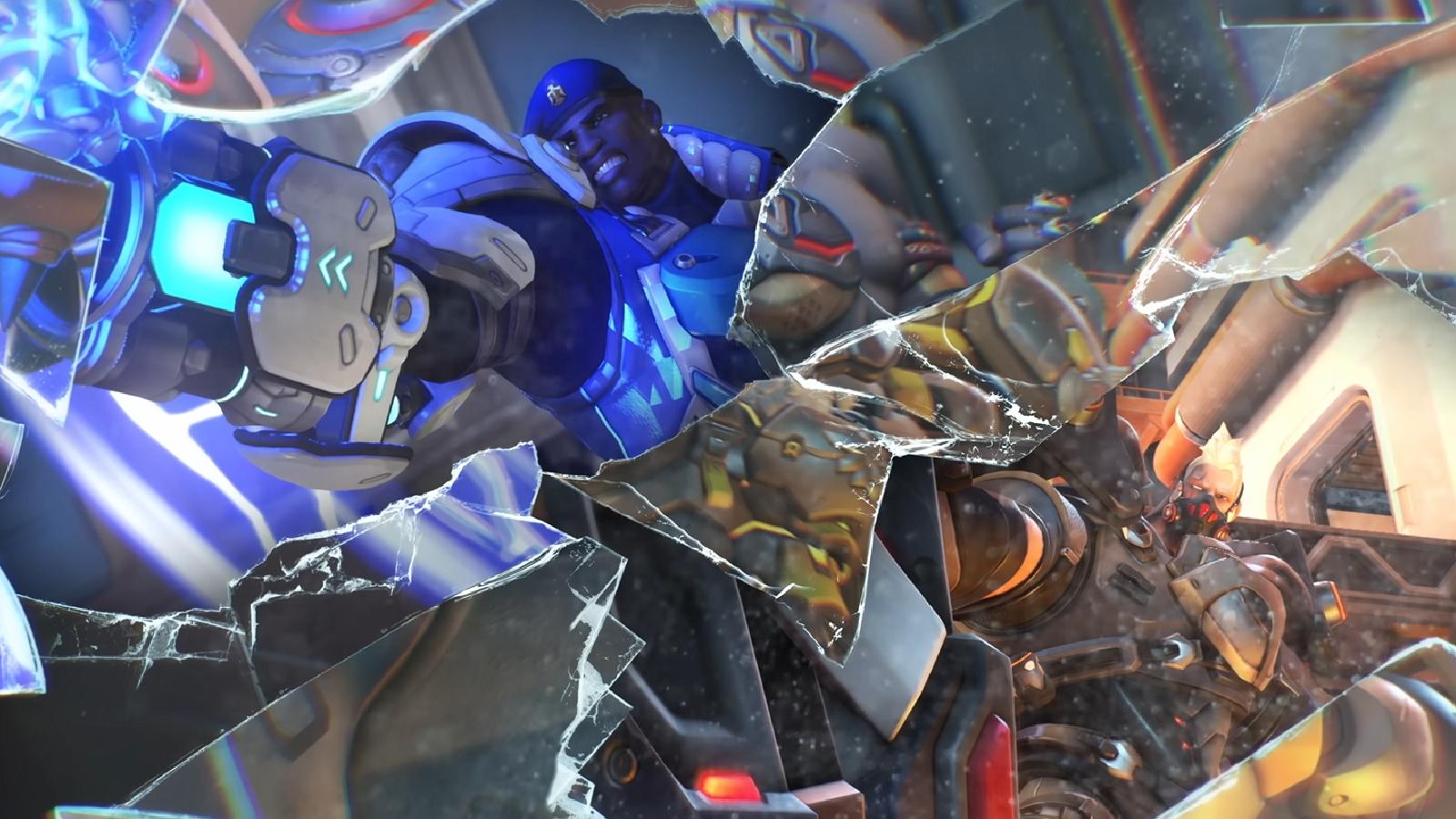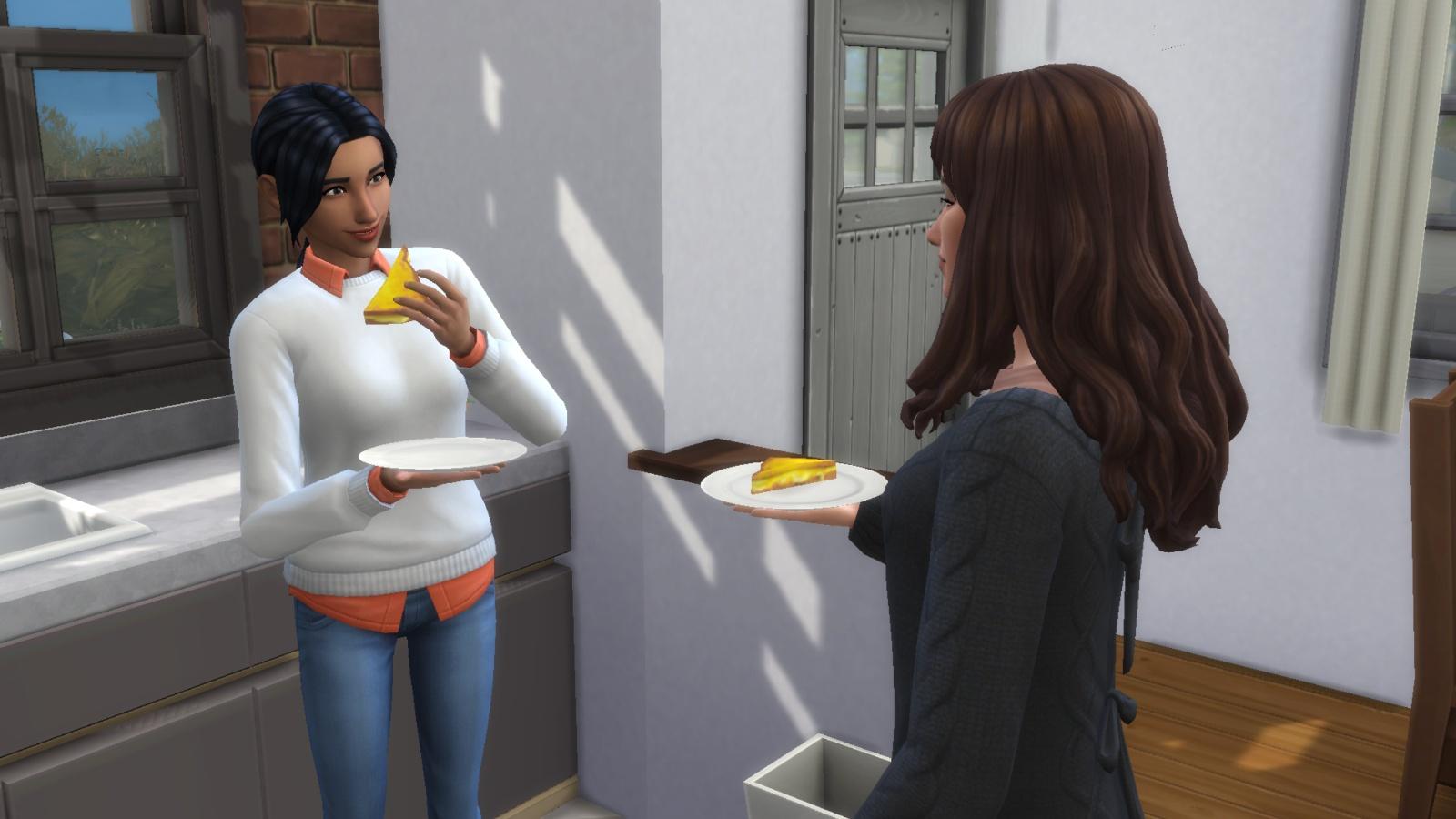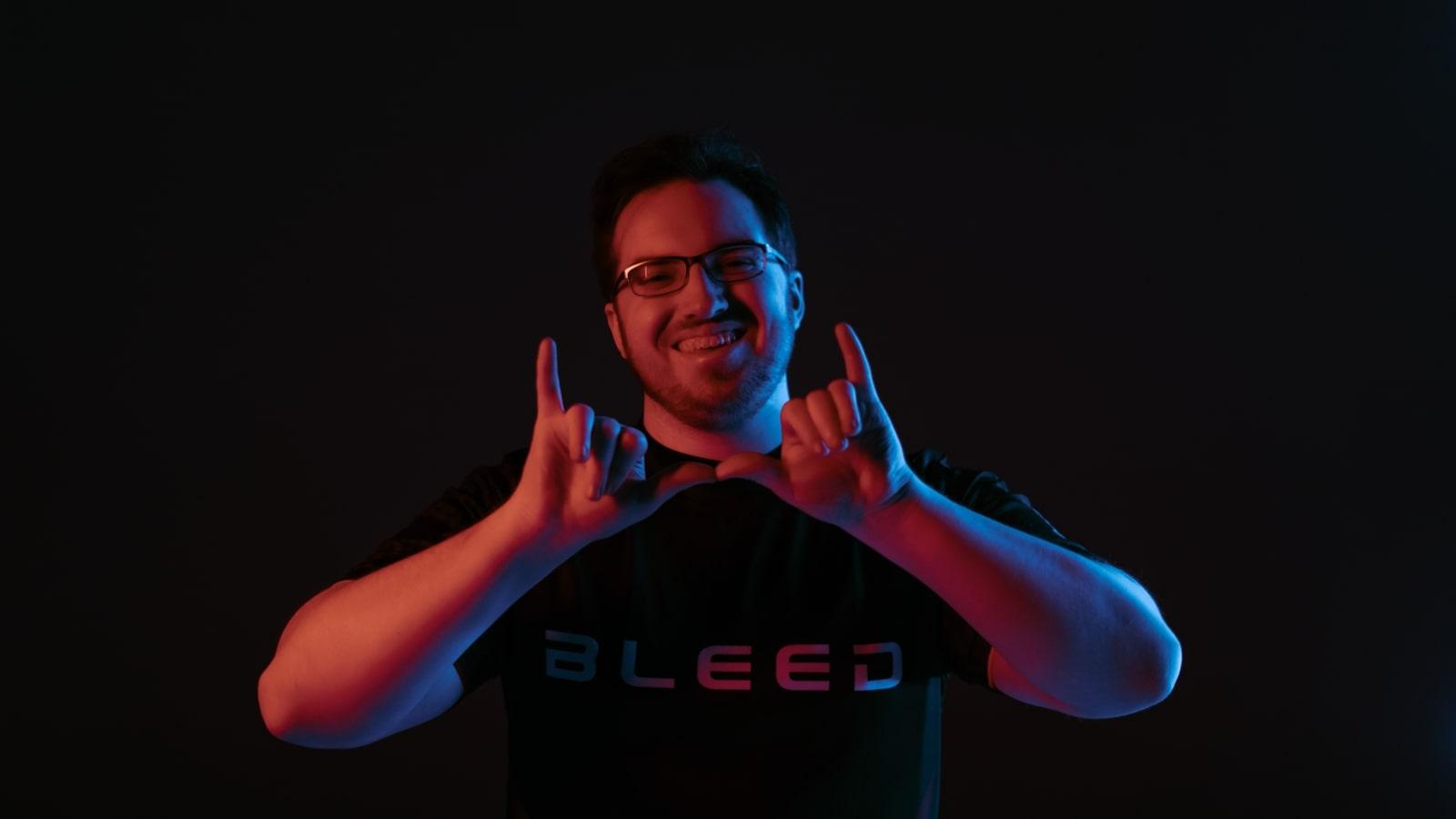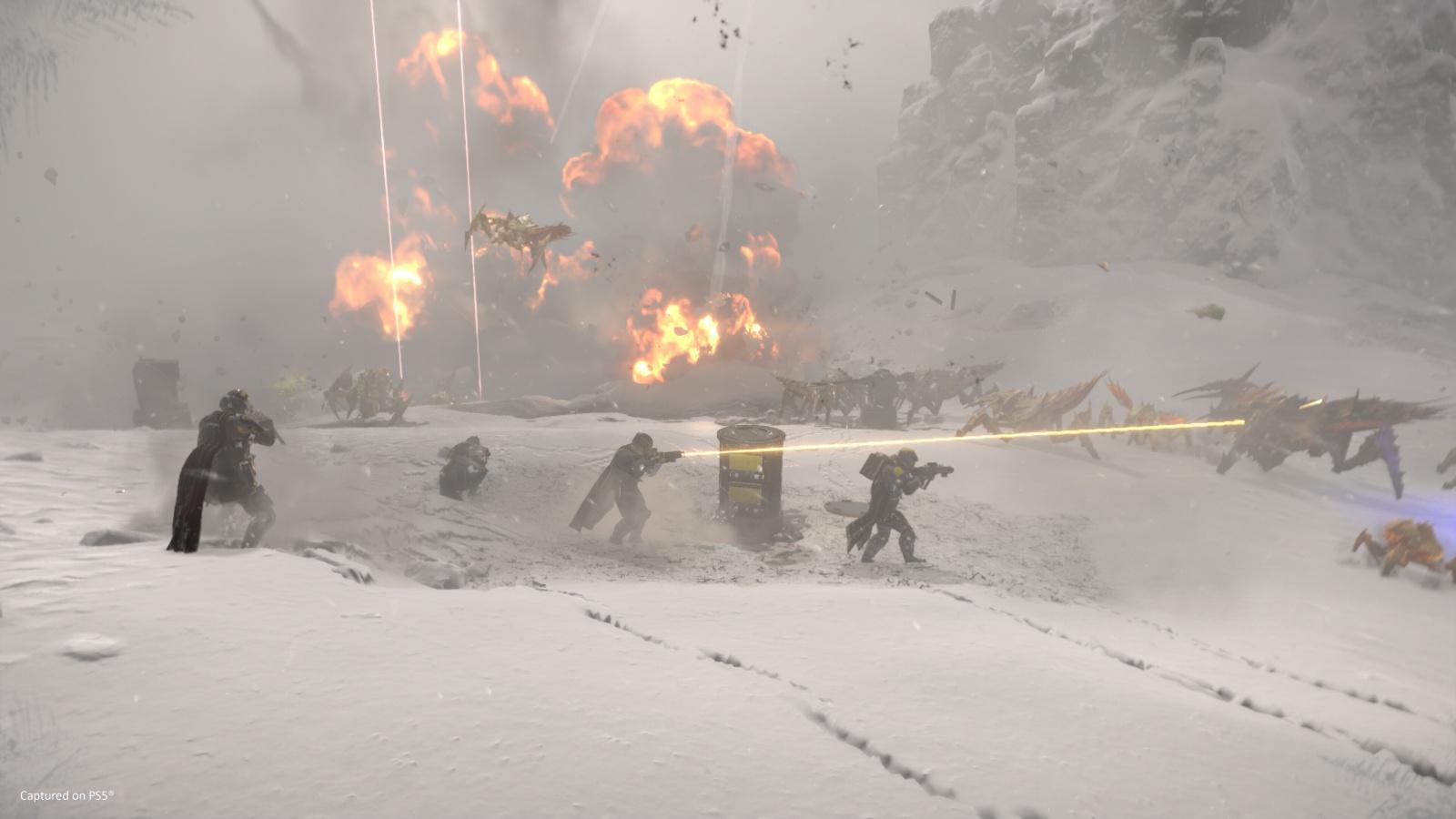Why allies using the LGBTQIA+ tag on Twitch is a problem
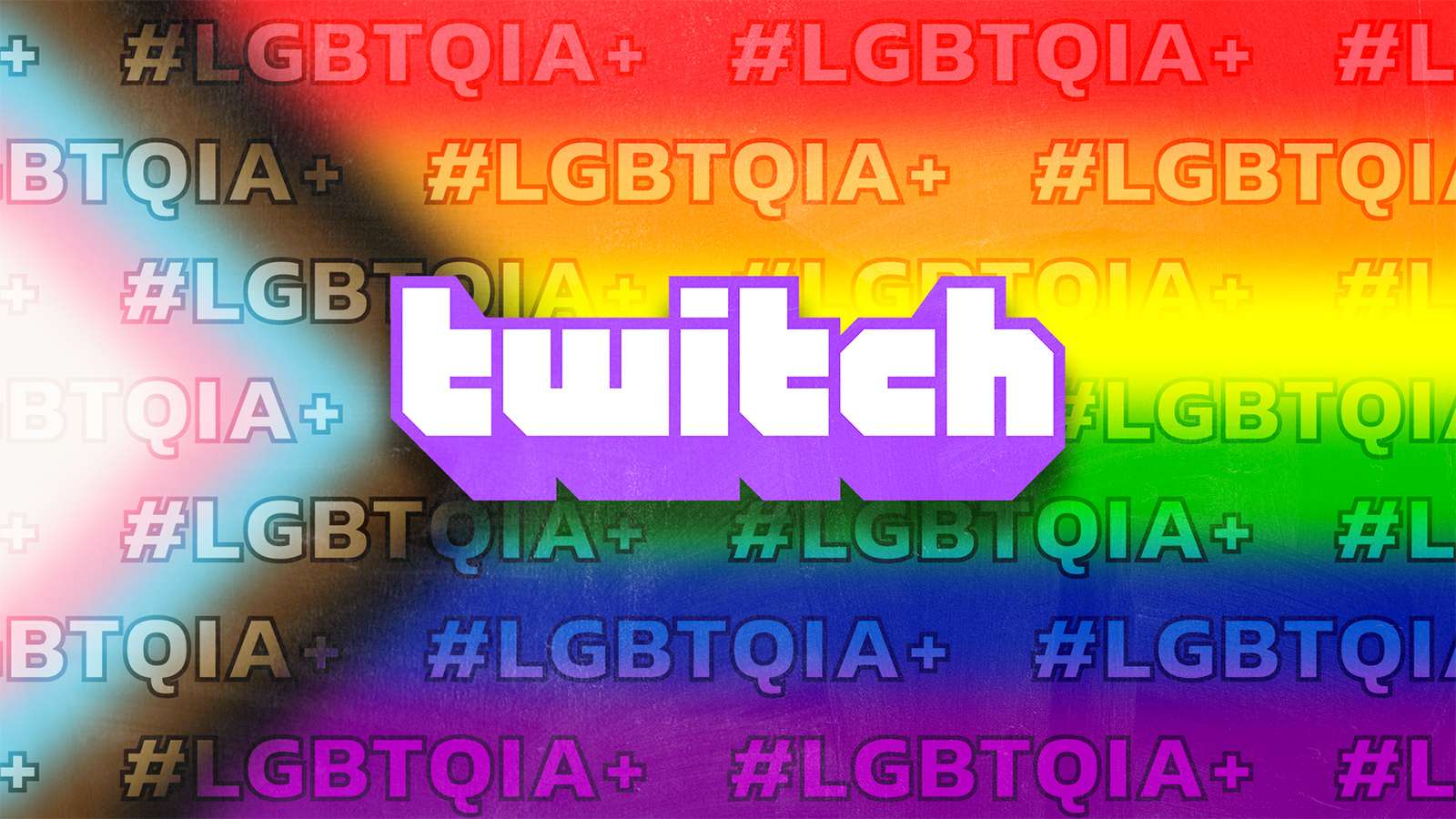 Twitch
TwitchFor LGBTQIA+ people, safe spaces have always been integral to our survival; they provide a way to meet others like you and discover your identity without the risk of harassment or, in some cases, being ‘outed’ in a dangerous environment.
Historically, these spaces have been physical – think gay bars, drag shows, and the ballroom scene – but in 2022, many LGBTQIA+ people are finding that sense of community online, particularly through streaming platforms like Twitch.
Unlike dedicated venues, though, finding other queer people isn’t quite as straightforward on Twitch – especially with toxic comments and hate raids continuing to target marginalized communities.
It’s why the LGBTQIA+ tag has become such an important feature, both for streamers who want to gain visibility and viewers who want to support them. It’s probably the closest you’ll get to a tangible queer community without leaving the house.
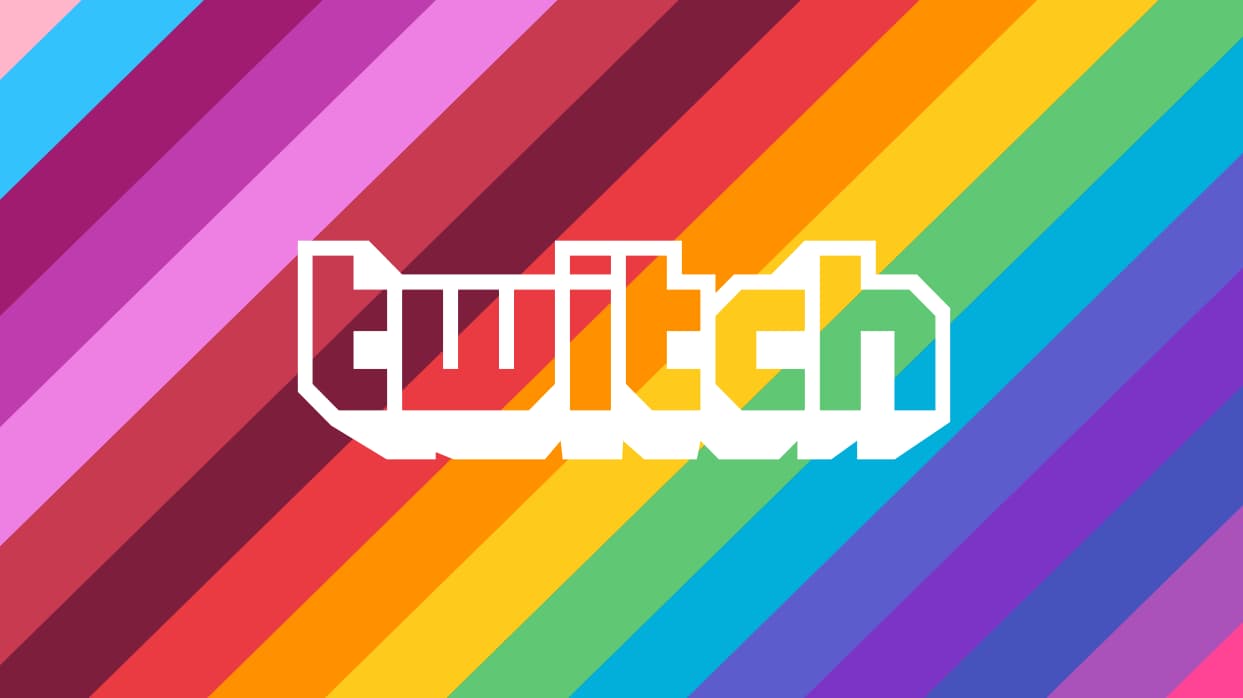 Twitch
TwitchBut since the tag was introduced, many non-queer streamers have used it as a way to show their support for LGBTQIA+ people. For the most part, their intentions are good, but when their streams appear high up in the results, what they’re actually doing is taking away a platform from queer creators who need that sense of community – and in some cases, the financial support from subs and donations.
It’s been a topic of fierce debate for years now.
“Many queer people struggle with visibility in their daily lives and to have that taken away in a space by allies is counterproductive,” says Miss Diana Hole, a latinx non-binary drag artist who’s been streaming horror and variety on Twitch since 2018. “I also believe that allies using the LGBTQIA+ tag is deceptive, especially when people are looking for other queer streamers and communities to connect with.”
Allies using the LGBTQIA+ tag on Twitch risk drowning out queer voices
While a simple Twitch tag may seem like a frivolous thing to argue over, these debates are framed in part by the fact that there are still many countries where being gay is illegal – around 70, in fact – and trans rights are currently under attack around the world.
Even in countries where our rights are protected, many people are forced to stay in the closet by homophobic families, friends, or work environments. It means the only safe interaction some queer people can have with other LGBTQIA+ people is online.
For award-winning Twitch streamer iamBrandon, it’s the possibilities this tag represents that make it so important, noting: “[Allies] using the LGBTQIA+ tag are taking away views from streamers who are in the community who could be a light for those people who need it.”
While allies may have good intentions – and having their support is important to us – it takes more than just a tag or a few supportive words to prove that they’ll stand by us when we need them.
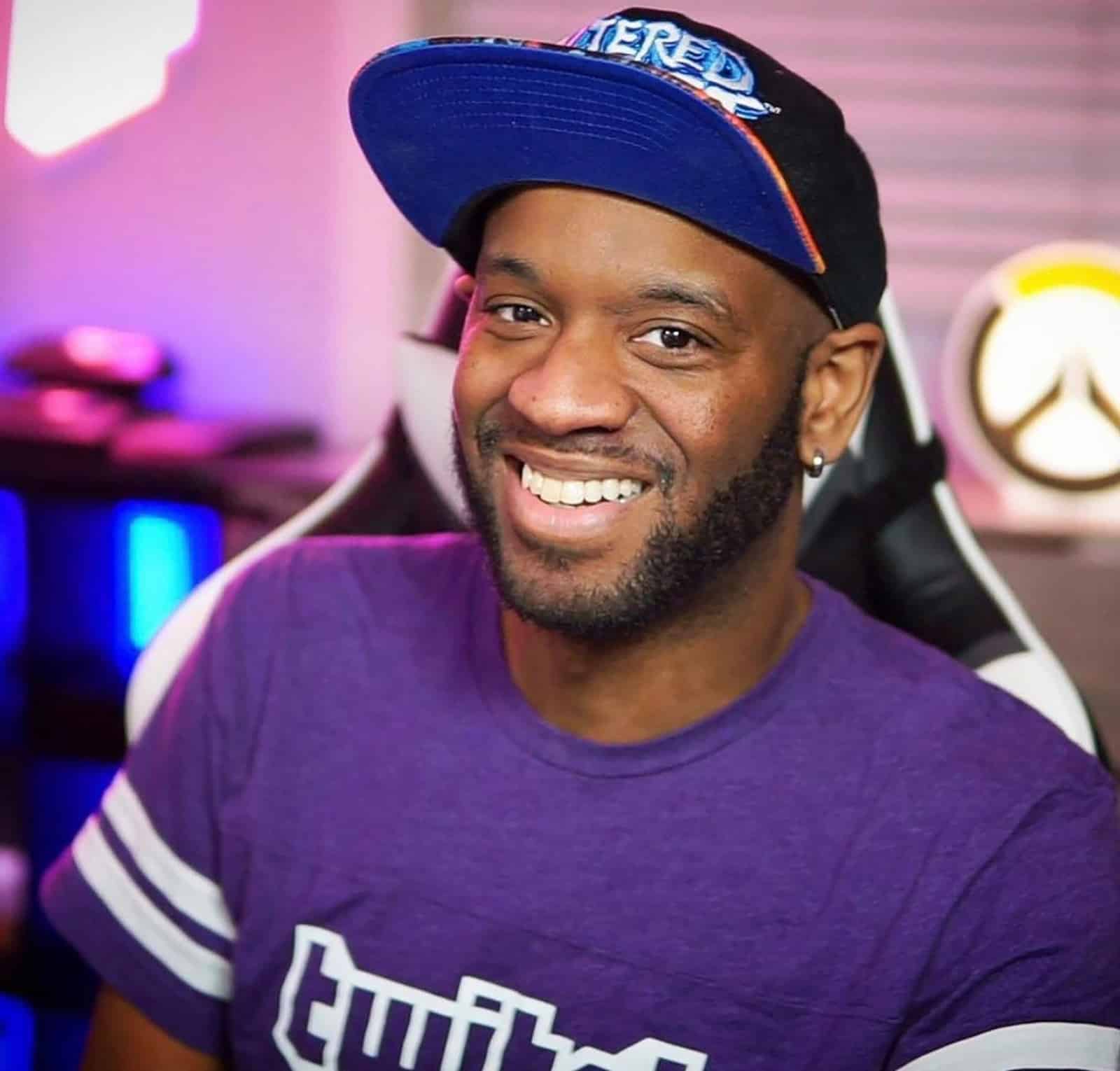 iambrandon
iambrandon“Just the other day, someone asked about being an ally but not wanting to be an activist and provide a safe space,” iamBrandon tells us. “Being an ally doesn’t mean you should sit back and imagine nothing bad is going on in the world. LGBTQIA+ rights are being taken away and at risk all the time. There is no way to be called an ally but not be willing to fight for who you are standing up for.”
- Read More: Meet the drag queens of Twitch
A dedicated ‘ally’ tag was introduced by Twitch in 2021, which many people hoped would provide a solution to this debate, but there are still allies using the LGBTQIA+ tag to this day. Part of this might come from misinformation over what the ‘A’ stands for, with some believing it means ‘ally’ – when in actual fact, it’s meant to represent asexual and agender people. Ironically, this proves what many queer people keep saying about allyship: That it’s more than just voicing support. Research and understanding are required.
Straight, CIS, non-queer people using the LGBTQIA+ tag on Twitch. pic.twitter.com/WpJHffHCLR
— Rik / Kiki Watermelon 🍉 (@Wortermelon) May 8, 2022
Unfortunately, I’ve noticed that when some allies are confronted about this, their response is often to go on the defensive. This is a natural reaction when your worldviews are questioned, but a huge part of being an ally is a willingness to listen and learn from the community you’re trying to support.
Queer people can’t be reduced to one single opinion or point of view, but if loads of us have concerns about what’s happening, it’s probably worth taking that into account.
As Miss Diana Hole puts it, “If you get mad because you’re being told you aren’t allowed to use the tag, are you truly an ally, or are you trying to get clout? We know who cares about us and who is just doing it for social points.”
How to really show your allyship to queer people on Twitch
So if using the LGBTQIA+ tag isn’t helpful, what can allies do to really show their support in a meaningful way? Well, the first step is clear: Use the ally tag rather than the LGBTQIA+ tag. Second, if you are going to use the ally tag, make sure you have the knowledge and the compassion to take things beyond performative allyship.
“Uplift LGBTQIA+ creators and voices who need to be shared with your audience,” suggests iamBrandon, “and have resources ready if someone asks about LGBTQIA+ issues that you may not be aware of. If someone in your community asks you about ‘coming out’ and you simply don’t know how to respond, take the ally tag out and do your research.”
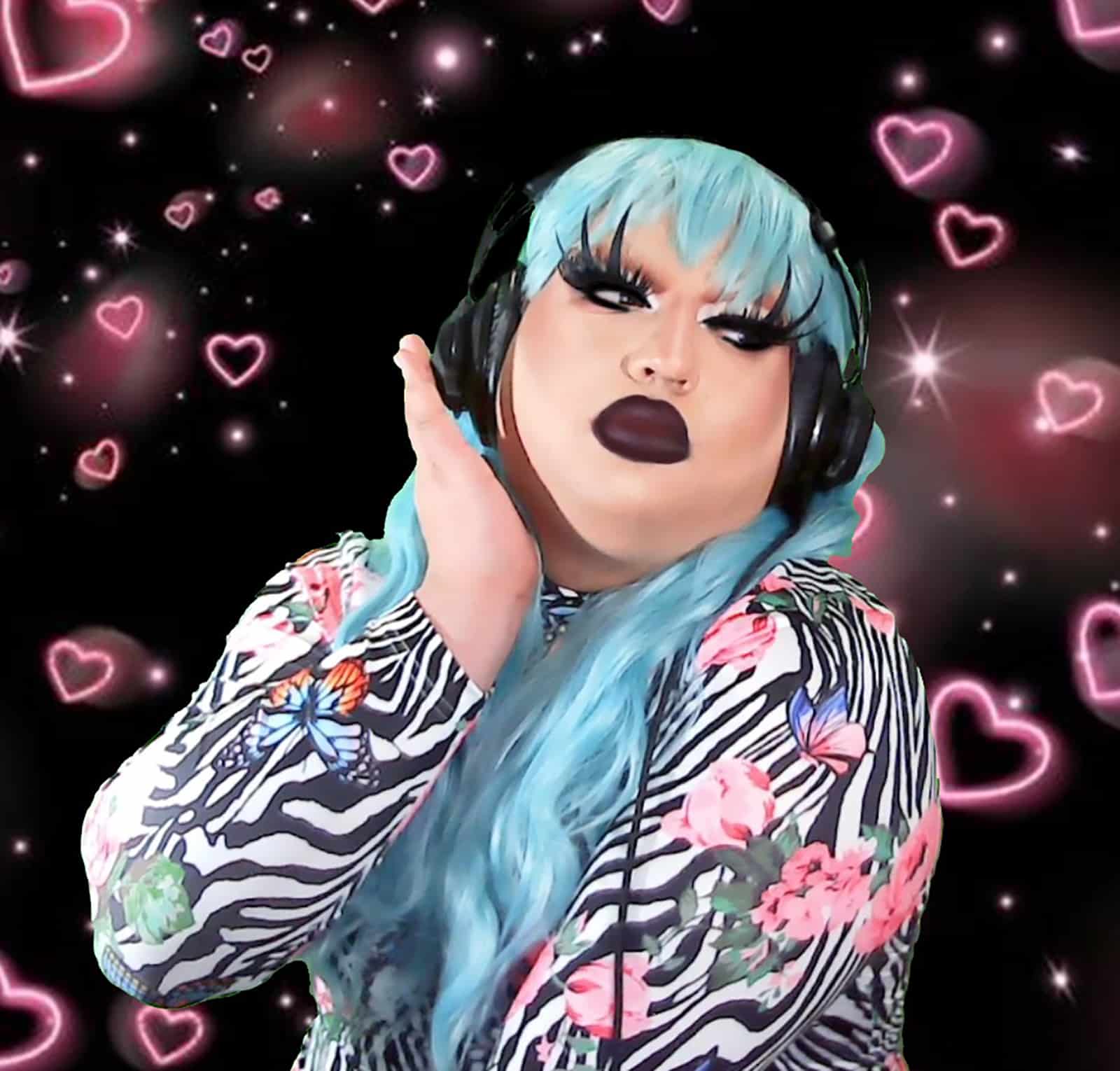 Miss Diana Hole
Miss Diana HoleIt’s also important that any attempt at allyship extends to the whole LGBTQIA+ community and not – as Diana puts it – “just to those who meet your idea of what a queer person should look or act like.
“I don’t think that simply using a tag or saying you have a safe space for queer people is enough,” they explain. “Prove that you’re a real ally through action and by sticking up for all queer people, including and especially trans people. Many people like to cherry-pick who they do and don’t support when it comes to queer rights and you simply can’t do that.
“Now more than ever we are seeing members of our community under attack for simply wanting to live their authentic lives. True allies will stand with us through thick and thin.”
- Read More: 8 best LGBTQ+ games to play right now
The term ‘safe space’ has a lot of baggage attached to it, but the majority of people who use Twitch are looking for a safe space in some way or another – whether that’s a space to share interests with others or a relaxing environment after a stressful day.
Queer people need these safe spaces just like everyone else, perhaps even more so with the very real threat of homophobia and transphobia in our daily lives. So let us have them – the ‘ally’ tag is there for the taking if you want it.
